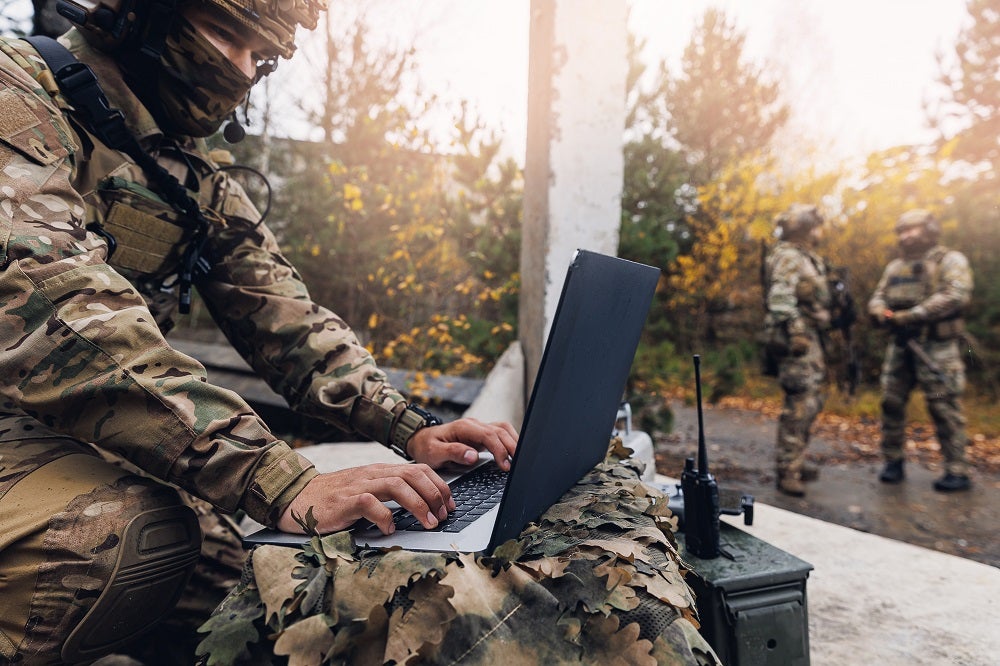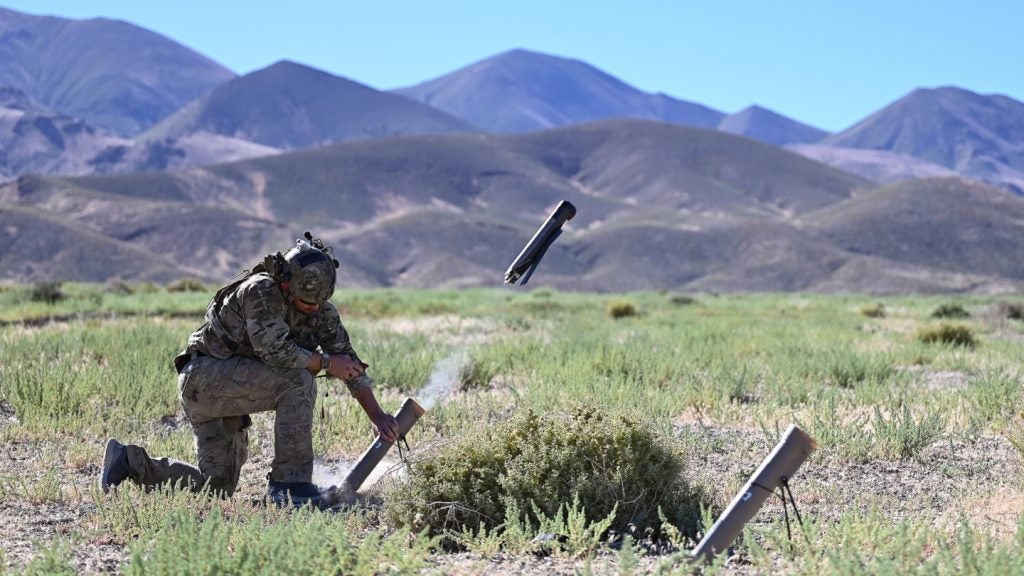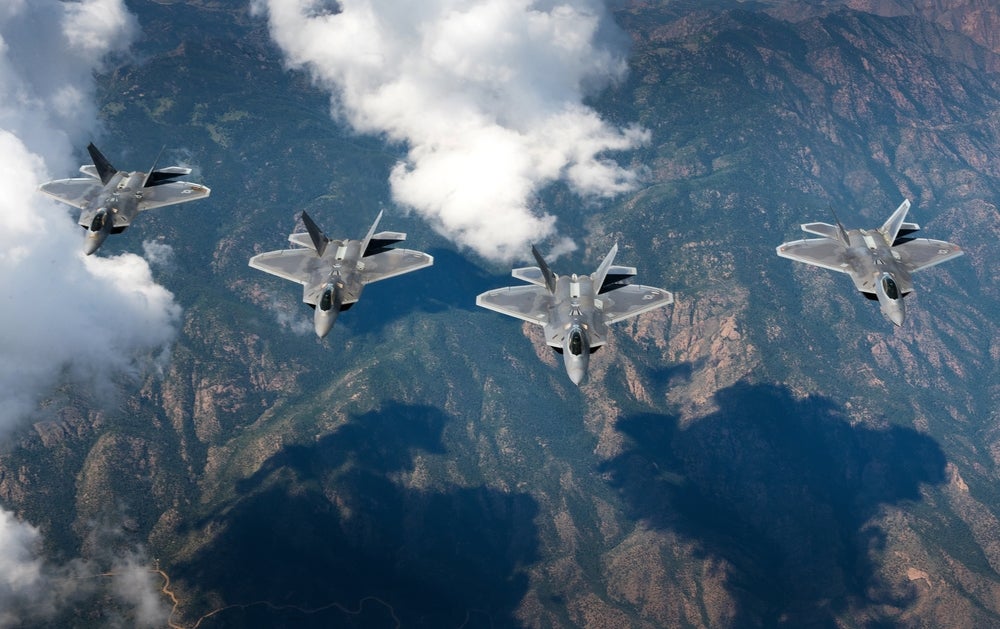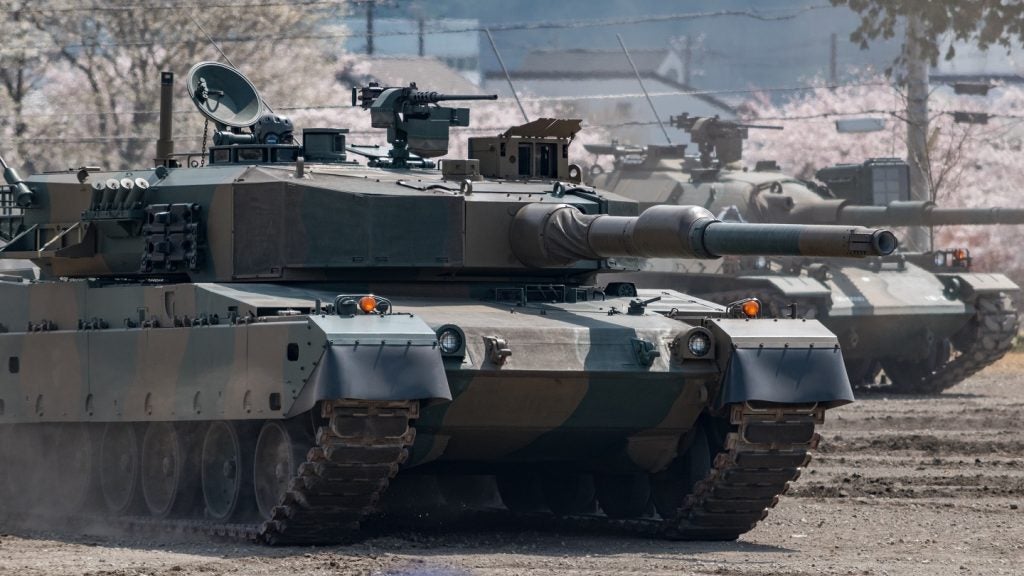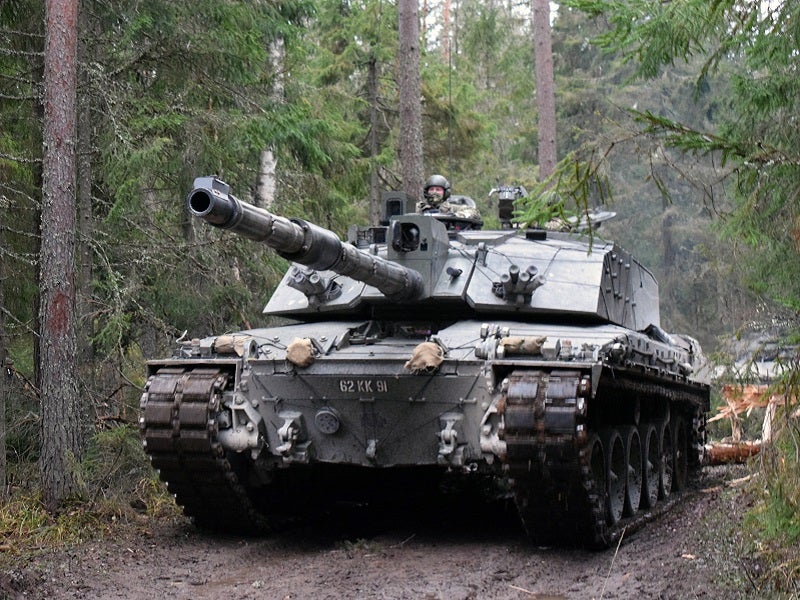
The UK will examine whether it needs to increase its fleet of main battle tanks (MBTs) in its inventory as it prepares to send a squadron of 14 Challenger 2 MBTs to Ukraine, with the latest security assistance package to Kyiv also including AS90 self-propelled artillery systems, along with the commitment of hundreds of additional vehicles including the Bulldog armoured personnel carrier.
The British Army is modernising its Challenger 2 fleet, with 148 vehicles due to be upgraded to the Challenger 3 specification, and due to begin entering service in 2027. Upgrades will see the L30 gun replaced by a Rheinmetall L55A1 smoothbore, fitted into a new turret, along with improved optical systems for the crew and an active protection system. The upgrades are part of an £800m contract with the UK-German RBSL joint venture, signed in May 2021.
Challenger 2 entered service with the British Army in June 1998 and the last of the 386 tanks was delivered in April 2002, with deliveries for the Sultanate of Oman, the sole export customer, completed in 2001. The type was heavily used by the UK in Iraq from 2003, and also served on peacekeeping operations in the Balkans in the 1990s and 2000s.
According to GlobalData’s Challenger 2 project entry, the UK placed orders for 127 Challenger 2 tanks in 1991 and an additional 259 in 1994. Oman, the only export country for platform, ordered a combined total of 38 Challenger 2 MBTs by 1997.

Current Challenger 2 armament consists of the L30 120mm rifled gun, unlike the smoothbore of all other NATO countries, and is capable of firing the armour-piercing fin-stabilised discarding sabot, high-explosive squash head, or smoke rounds. The L30 can also fire the depleted uranium round with a stick charge propellant. Additional armament consists of a 7.62mm chain gun fitted alongside the L30 and 7.62mm general-purpose machine gun mounted on the top of the turret.
The Challenger 2 is fitted with second-generation Chobham armour, a unique UK-originated composite material, and also features reasonably sophisticated thermal imaging and battlefield management systems, enabling good operator situational awareness.
How well do you really know your competitors?
Access the most comprehensive Company Profiles on the market, powered by GlobalData. Save hours of research. Gain competitive edge.

Thank you!
Your download email will arrive shortly
Not ready to buy yet? Download a free sample
We are confident about the unique quality of our Company Profiles. However, we want you to make the most beneficial decision for your business, so we offer a free sample that you can download by submitting the below form
By GlobalDataSpeaking to the UK House of Commons on 16 January, UK Secretary of State for Defence Ben Wallace confirmed the Ministry of Defence would be “reviewing” the number of Challenger 2 tanks due to be upgraded to the Challenger 3 standard, with a view to potentially increasing the number of MBTs in the British Army.
In addition, Wallace said that the UK’s Deep Fires programme will be brought forward to deliver this decade, rather than the 2030s as originally planned. An interim artillery capability will also be delivered to augment UK long range fires, subject to negotiations.
Challenger 2 and AS90 to Ukraine
With the UK committing to deliver Challenger 2 MBTs, along with tanks repair and recovery platforms, and AS90 155mm self-propelled artillery to Ukraine, the profile of armoured platforms being provided to help Kyiv’s fight against Russia has also shifted.
Weeks after the US, France, and Germany pledged armoured fighting and reconnaissance vehicles to Ukraine, the move to supply heavy armour was the next, and perhaps final, natural step in providing land domain systems to the war effort. Along with fixed and mobile artillery, ammunition, small arms, and training, hundreds of armoured vehicles have been sent to Ukraine by NATO allies since the 24 February invasion last year.
Although committing 14 Challenger 2 MBTs will not provide a strategic effect by themselves, the hope in London will be that other NATO allies will step forward and provide Ukraine the quantitative solution that Kyiv has long said that it needs. Germany, manufactures of the Leopard 2 MBT and a type widely utilised among NATO forces, has so far resisted giving export permission for its technology.
On apparent German reticence in providing the Leopard 2 to Ukraine or permitting other NATO or European operators to do so, Wallace “urged” his counterparts in Berlin to allow such equipment to be made available to Kyiv, describing Germany as “key” unlocking this much-needed capability.
Both the AS90 and Challenger 2 platforms are ageing, dating from the 1990s and in need of modernisation, although still considered to be a match for most Russian alternatives.
Ukrainian personnel will need to undergo additional training in order to learn how to safely and effectively operator the tank, with current British Army personnel training programmes requiring 107 days to train a troop leader, 85 days for a crew commander, 33 days for a gunner, and 46 days for a Challenger 2 driver. However, these figures reflect recruit training, and any such package put together for Ukraine will be significantly expedited.
When combined with the 50 Bradley infantry fighting vehicles being provided to Ukraine by the US with the 14 Challenger MBTs, the core elements of an armoured battalion is being created, with a view to enabling Ukraine to generate combined-arms manoeuvre warfare operations comes the end of winter and the expected operations by Ukraine and Russia in spring.
British Army AS90
The AS90 self-propelled gun is a staple of the British Army, having been in service since 1992 and seeing active service in the 2003 Iraq war. Of an original 179 delivered to the UK by manufacturer, it is thought that just 89 remain in service.
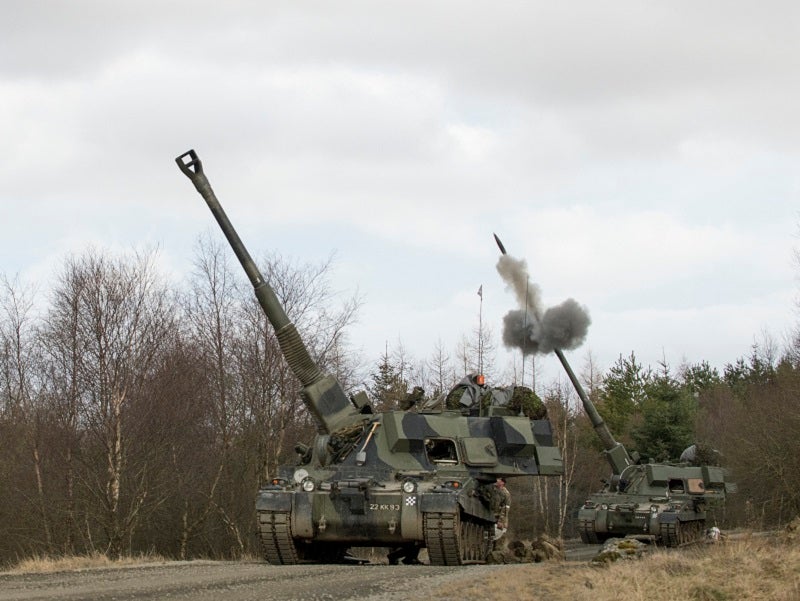
The AS90 is due to be replaced by an as-yet undecided platform as part of the UK Ministry of Defence’s long-range fires programme, which South Korea’s K9 Thunder platform thought to be a potential option when the contract is eventually sent out to industry for tender.
Weighting in at 45 tons, the AS90, operating by a five-person crew, can travel at speeds of up to 32mph and fire three 155mm shells up to 15 miles in ten seconds. It was disclosed in the House of Commons that a battery of eight AS90s would be provided to Ukraine, with a further two batteries totalling another 16 platforms also to be made ready to send to Ukraine.



